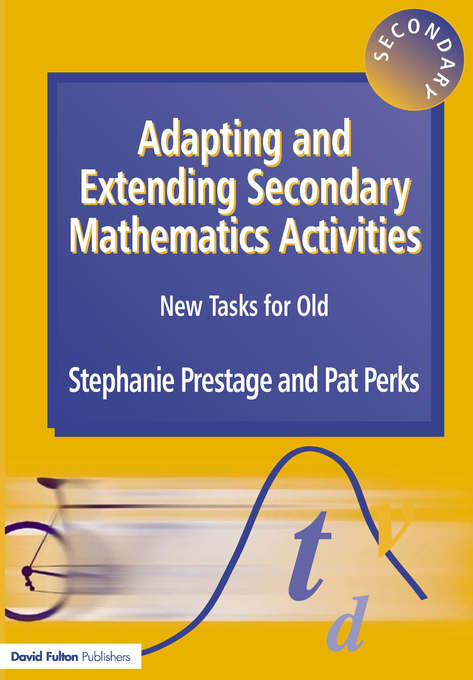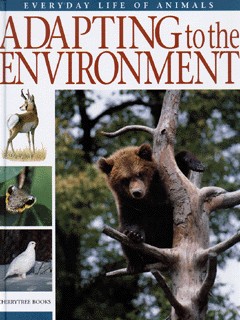Filters
Clear allSubject
- Careers (1151) Apply Careers filter
- Climate Change (130) Apply Climate Change filter
- Computing (1400) Apply Computing filter
- Creative arts and media (79) Apply Creative arts and media filter
- Cross curricular (1957) Apply Cross curricular filter
- Design and technology (4942) Apply Design and technology filter
- Engineering (1449) Apply Engineering filter
- Food Preparation and Nutrition (291) Apply Food Preparation and Nutrition filter
- Health and safety (87) Apply Health and safety filter
- Leadership (51) Apply Leadership filter
- Mathematics (10500) Apply Mathematics filter
- Personal development (90) Apply Personal development filter
- Psychology (94) Apply Psychology filter
- Science (20665) Apply Science filter
- Space (169) Apply Space filter
- STEM Ambassadors (102) Apply STEM Ambassadors filter
- STEM Clubs (113) Apply STEM Clubs filter
Age range
Type
- Activity sheet (4794) Apply Activity sheet filter
- Article (824) Apply Article filter
- Assessment (194) Apply Assessment filter
- Audio (73) Apply Audio filter
- Data set (83) Apply Data set filter
- Demonstration (169) Apply Demonstration filter
- Diagram (6) Apply Diagram filter
- Experiment (505) Apply Experiment filter
- Game (152) Apply Game filter
- Group work (188) Apply Group work filter
- Image (233) Apply Image filter
- Information sheet (1020) Apply Information sheet filter
- Interactive resource (429) Apply Interactive resource filter
- Lecture (6) Apply Lecture filter
- Open-ended task (96) Apply Open-ended task filter
- Poster (158) Apply Poster filter
- Presentation (1434) Apply Presentation filter
- Quiz (67) Apply Quiz filter
- Research (857) Apply Research filter
- Self assessment (39) Apply Self assessment filter
- Simulation (11) Apply Simulation filter
- Teacher guidance (5494) Apply Teacher guidance filter
- Textbook (629) Apply Textbook filter
- Video (2012) Apply Video filter
- (-) Remove Include Physical Resources filter Include Physical Resources
Showing 37183 results
This activity is designed to teach students about the concept of adaptation. Using the marine environment as an example, students learn about how different animal species are adapted physically or behaviourally to survive in a particular type of...
This activity is designed to teach pupils about the concept of adaptation. Using the marine environment as an example, pupils learn about how different animal species are adapted physically or behaviourally to survive in a particular type of habitat. Pupils research an allocated habitat, taking into account local...
Produced by ARKive, this creative activity is designed to teach students aged 11-14 years about the theory of adaptation. It does this by looking specifically at animals' adaptations for movement through different types of habitats. Students learn the definition of adaptation and why animals need adaptations to...
In this ARKive resource, students learn about how different animals and plants are adapted to surviving in arid habitats. Working in groups, students design and carry out an experiment aimed at testing the effectiveness of different adaptations in reducing water loss. Using a worksheet as guidance, students also...
This resource is suitable for students from ages 7 to 14 and looks at the Artic and desert environments and the adaptations of polar bears and camels to their respective habitats. Although these environments and animals are used extensively in resources when exploring this topic these resources provide excellent...
The 'Adapted for success' series looks at how some of our favourite animals are uniquely adapted to their environment. Each book explores the ways in which different species have adapted to their surroundings, and covers habitat, defenses, camouflage, and the way animals find food.
From the Nuffield Foundation, the resources in this collection include reports and case studies that look at how the QCA scheme of work units can be developed and integrated with other curriculum areas. The reports describe projects run in primary schools and will give teachers of primary design and technology...

This book is designed to assist teachers to get the most out of the textbooks or mathematics schemes used in their schools, providing methods of extending the activities offered to learners.
A large and growing proportion of our electricity in the UK comes from renewables, and the amount of electricity generated varies depending on the weather. In this activity pupils watch a film in which Jade Kimpton from the National Grid shows how the flow of electricity in the National Grid is getting more complex...

This book answers questions like where does the fennec fox live? This question and others are answered in this book, which is part of a series looking at specific moments in the lives of hundreds of species.
...
Add-ons are part of the T5 (‘Targeting level 5’) pack. There are twelve Add-ons, each covering one of the major areas of mathematics drawn from the level 4–6 Key Stage Three National Curriculum test papers, with a particular emphasis on those areas crucial for achieving level 5.
Each Add-on includes four to...
This activity, from the Centre for Science Education and the Comino Foundation, is set in the context of choosing a birthday gift. It encourages students to think about carbon footprints. Which goods and services cause the biggest carbon dioxide emissions? What choices can we make to minimise emissions?
In this activity from Science upd8 students think about carbon footprints and which goods and services cause the biggest carbon dioxide emissions. What choices can be made to minimise emissions? This topical activity helps the student to make informed choices regarding the carbon dioxide emissions of a range of...
